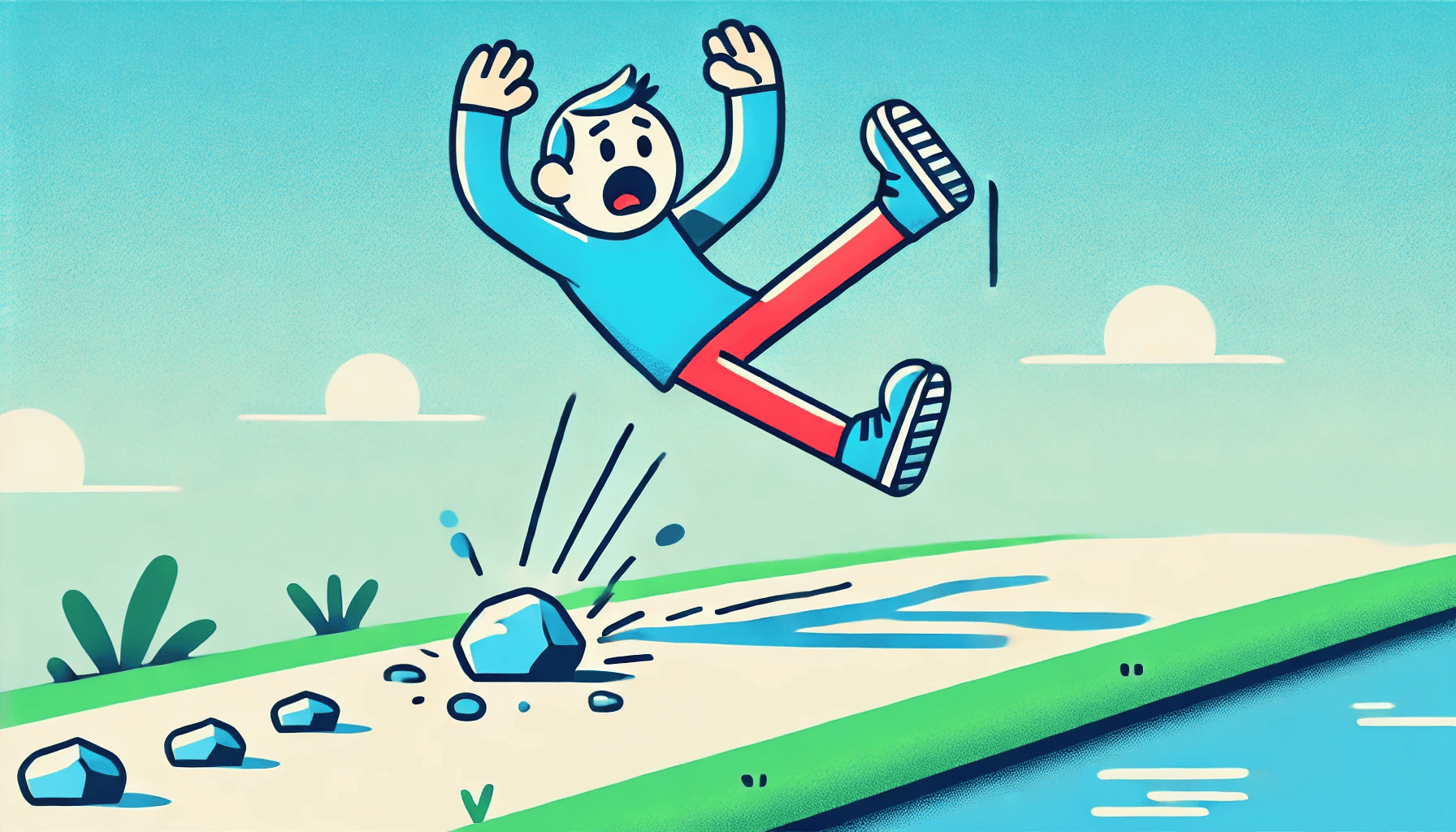I am teaching the dreaded calculus II this semester. I’ve known many students who flew through calc I in college (having taken calculus in high school) only to receive a reality check from calc II the next semester. In the US, calc II often involves a significant section on “techniques of integration” where students learn techniques such as partial fractions, trig substitutions, integration by parts. Unlike much of differential calculus, which is taught in calc I, and unlike much of the math taught before college, integration is harder to do algorithmically. That is, a calc II professor cannot simply outline surefire steps guaranteed to give an antiderivative for any function. The inimitable Robert Ghrist explains it this way in his “funny little calculus text”:
Of course, algorithms for computing many antiderivatives do exist (and are used in Maple, Mathematica, and Wolfram Alpha), but I’d be fired if I tried to take my undergrads through Symbolic Integration I: Transcendental Functions..
Instead, calculus II teachers teach a handful of methods and attempt to teach students intuition for where to use what technique. Even more important, I try to teach my students the skill of trying a method, seeing that the method does not work, then trying something else. Try-fail-try-fail-try again. I do not think that high school students learn that skill—a skill vital to success in calc II and every discipline requiring analytical problem-solving. Yesterday, my adviser and I were discussing the first big research problem that I’ll be tackling this summer. He noted that our first attempt at solving a massive problem would probably fail; they usually do.
Fortunately, I’ve been failing at solving problems, at least since taking number theory with Dan Krider in 2003. I know what Edison meant by “I have not failed. I’ve just found 10,000 ways that won’t work.” I hope my students are learning how to fail and how to try again. However, I think that kids need to learn earlier. High school assignments should not be set up for students to succeed the first time, every time. Somehow, teachers need to allow students to take risks, learn from their mistakes, and rebound. I’d love to hear feedback from students who are learning these lessons and teachers trying to teach them.

